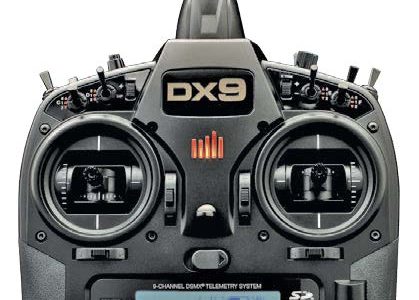To begin with, dual rates are helpful as they affect the speed at which your model changes roll, pitch, or yaw orientation for a given stick input. There are no hard and fast rules for dual rates as they are dependent on your own preferences. For drone racing, I like to have a lower rate combined with a throttle curve that’s a bit shallower. I find that a
lower rate and lower throttle endpoint can help with tighter and smaller racecourses. For aerial-photography platforms, having a lower rate for roll, pitch, and yaw on a switch can make keeping a slower subject in frame or help produce a slower-moving shot as easy as flipping a switch in the air.
Also with exponential, it is important to understand your model’s flight-controller settings. Most flight-controller software discourages the use of expo settings on your radio. This is because expo is already built into the flight controller; if you add radio expo, it can make stick controls feel jerky and unpredictable.
In general, if you have telemetry, it is important to have voltage feedback, at the very least. Signal strength (RSSI) feedback is also a great tool to help pilots recognize that they are flying beyond their radio equipment’s capability. Also having a battery-current sensor can help pilots keep an eye on the demands the model is putting on their power
system. Having this feedback display to your radio or displayed in your video feed are the two most common telemetry setups. I think the best telemetry setup is having a radio that will audibly report on these stats repeatedly as time passes, such as with the Spektrum DX9. Combined with a simple telemetry receiver, such as one of the Spektrum integrated telemetry receivers or the Quad Racing Receiver with telemetry, pilots can easily take advantage of valuable feedback.
Temperature sensors aren’t commonly used, but if I were to consider
using them, it would be to monitor the temperature of my flight-pack
battery. This way, you’ll know if your battery is going bad or cannot handle
the current draw that is being imposed upon it. They start to get hot
under these conditions. You’ll also see flight times diminish and notice
abnormally hot battery packs after your flights.
Tom Cogswell
Spektrum associate brand manager




















